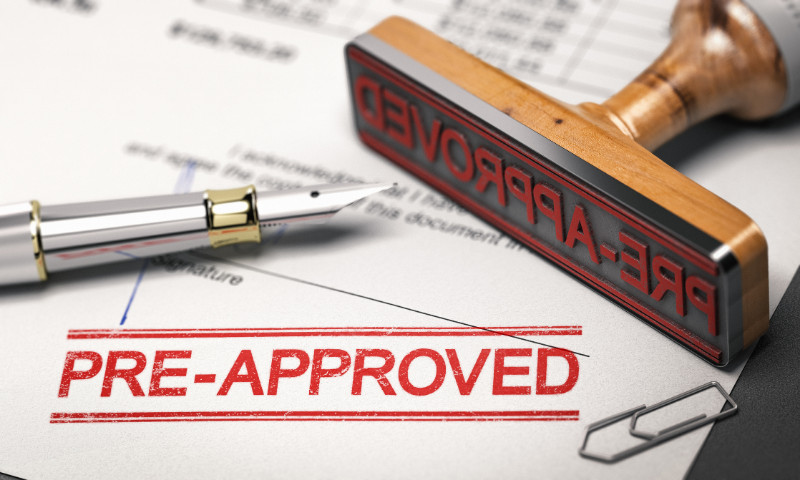Homebuying 101: Understanding the pre-approval process

Buying a home for the first time? If you haven’t heard about pre-approvals, chances are you’ll encounter it sooner rather than later.
Mortgage pre-approval is a handy thing to have if you’re a homebuyer. It lets you know how much money you can borrow from your lender and effectively narrows down your home search. Furthermore, being pre-approved can make you look better in the eyes of sellers- it means you’ve been vetted and serious about your offer.
WHAT IS MORTGAGE PRE-APPROVAL?
Mortgage pre-approval is essentially a process where your preferred lender evaluates your financial capacity and, later on, determines the amount they’re willing to lend you. If your application is successful, you’ll be given a document (a pre-approval letter) that outlines the types of loans you can take, how much money you can borrow, and your interest rate, among other things.
To assess an application for a pre-approval, the lender takes into account the applicant’s income, assets, credit score, and other financial documents. A pre-approval letter is typically valid for 60 to 90 days. If it expires, updated paperwork may be submitted for reevaluation and reissuing.
WHAT ARE THE REQUIREMENTS?
Requirements may vary from one lender to another, but they typically ask for the following:
-
Proof of income
This can be in the form of pay stubs, tax returns, W-2 wage form, and additional sources of income such as pensions or alimony. If you’re employed, include at least the two of your most recent pay stubs with year-to-date earnings, and two years of W2 forms. For self-employed applicants, the lender might ask you to provide a two-year history of your personal and business tax returns. Other sources of income,such as social security, pensions, and child support, should be declared with accompanying proof that it has been received for at least 24 months and is likely to continue for the next 36 months. Some exceptions might apply if you’re still in college or you’ve just graduated recently.
-
Proof of assets
Another way to illustrate your financial capability and circumstances is to provide your chosen lender with proof of assets that apply to you. These include bank statements, stocks, or other properties.
Remember that you don’t need to have all the funds needed prior to pre-approval. For example, if you will be gifted money for the down payment, you can present a letter signifying this. It’s good to list down as many accounts available as possible, however. Doing so might help indicate that you still have reserves left to pay the mortgage on time in the event of a job loss or the likes.
-
Your credit score
Majority of lenders require a minimum credit score of 620 to approve a mortgage. But the general rule is that the higher your credit score, the easier it is to get a loan and the better your interest rates will be. Lenders typically grant lower interest rates for applicants with credit scores of at least 760. It should be noted, however, that other factors such as home price, downpayment, and loan type also affect the interest rate.
You’ll know your credit score by requesting a credit report. Experian, TransUnion, and Equifax all offer clients one free copy of their credit report every year.
-
Other documents
You might also be required to submit other information, such as proof of your employment, your employer’s contact information, proof of rental payments (if you’re currently renting a place), and your driver’s license, and your social security number.
HOW IS MORTGAGE PRE-APPROVAL USED?
Once the lender reviews your documents and deems you qualified, a pre-approval letter is issued. As mentioned earlier, this letter signifies that the borrower will be granted a loan as long as the lending criteria is met.
Based on the lender’s policy, the mortgage will be based on a certain debt-to-income ratio:
- For Federal Housing Administration loans, the maximum allowable loan is 55% of your gross monthly income.
- For conventional loans, the maximum is around 50% if a downpayment of at least 20% is made, but is reduced to around 43% if the downpayment is less than 20%.
You can also show your pre-approval letter to sellers when making offers. It can be a proof of your intent to buy as well as your ability to purchase the home. Being a pre-approved buyer can also make your offer more appealing in cases where a home gets multiple offers, but not all potential buyers have pre-approvals.
Learn more about the process of buying a house in Texas by checking out our blog. And when you’re ready to take the next step in your homebuying journey, call the team at 979.694.8844 or by sending an email.


